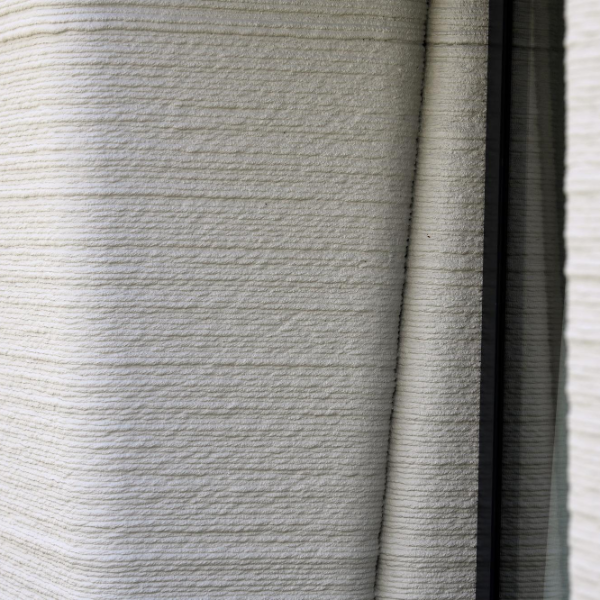Construction must radically change
Cobouw column by Marijn Bruurs

Construction must radically change
For over a year, I have been cycling past a housing project on my way to the office. Between the vans this morning, I saw that the houses were nearing completion for their new occupants. If we compare this pace of construction with the government’s goal of building one million houses by 2030, there can be only one possible conclusion: it will never succeed if we continue to use the construction methods and materials of the past century.
Targets can only be met if we radically change the way we construct buildings, by using robots such as 3D concrete printing. The possibilities of this technique have already been demonstrated with buildings in Eindhoven, Teuge and Almere. Since then, the technique has been further refined. We now print with recycled aggregates and cement-free bonding agents. And the hardware is also developing quickly. We no longer have a robot printer, but a robot that also carries out other activities autonomously in the construction process, such as the finishing and installing installations.
Digital developments are now available that enable us to adapt our construction methods to the technology of today. Maximum yield from 3D concrete printing, for example, requires a completely different approach to buildings and collaboration between parties. With a central role for production technology, such as the concrete printer, and local raw materials. Digitalising and automating more steps in the construction process are necessary for building houses faster. And when it comes to building digitally, we are not talking in terms of a 5 to 10 % acceleration, but in terms of weeks instead of months.
It is now time to show courage and vision in house building. Ideally with a number of projects to build series of conventional houses with 3D printing. This would not only accelerate the acceptance process and demonstrate the speed and adaptability, but in particular it would also show the world how robotic construction can help improve the living environment. Because, just as important as speed, using raw materials more efficiently in digitalised construction projects will result in a significantly lower environmental impact.